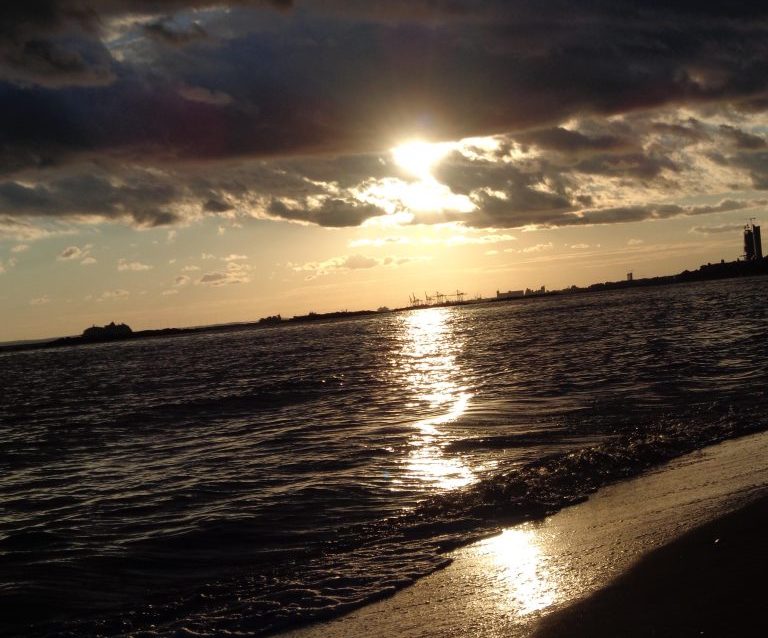The rainbow that makes up the Chinese “Dead Sea” is set to attract a larger number of visitors in the near future. The beauty and healing properties of this salt lake are the new motto of China’s tourism agencies, which are eager to increase the number of visitors coming to the salt lake in Yuncheng, often dubbed the Chinese “Dead Sea”. The focus for the time being is on attracting mainly local tourists. The beauty of the lake, which can be seen in the peculiar colors observed on its surface, is caused by an algae.
Tiger Li of travel company Diverse China told CNN that he has only organized a few visits there. Nearly all the visitors so far have been Chinese domestic travelers, as the country closed its borders in early 2020 and remains one of the few destinations in the world still adhering to a “zero Covid”.
Besides the scenery, I think the mud bath and other experiences are the key reason they go to visit the lake.
Tiger Li, Diverse China
Since 2019, China has wanted to make the salt lake in Yuncheng a UNESCO World Heritage Site. If China gets two more UNESCO heritage sites, it catches up with Italy at the top of the list: 58 sites. In 2019, the provincial secretary Luo Huining announced the start of the application process in a WeChat posting.
Recently, campaigns have begun to circulate on social networks such as WeChat or Weibo touting the beauty and healing properties of the mud in the lake. In the ad from the company Yuncheng Salt Lake (China’s Dead Sea) Tourism Development Co. LTD. it’s possible to read that “Like the Chinese version of Israel’s Dead Sea, floating here is an unforgettable experience, and one that can’t be found anywhere else,” the same newspaper quotes it.
The salt lake in Yuncheng is the crystallization of Chinese culture and civilization. It has positive significance to promote our trust and cultural heritage.
Luo Huining, party secretary of Shanxi Province
The salt lake in Yuncheng is home to a unique species of algae that, depending on various factors, gives it the appearance of a rainbow. If, on the one hand, at this time of year, the images areas show a balance between shades of green and red, in January the color pink filled the entire landscape.
This rare phenomenon is caused by the algae species Dunaliella salina, which, according to NASA, looks green in marine environments, but can take on shades of red if exposed to high salinity and light intensity conditions, since “the cells produce protective carotenoids.” Carotenoids are plant pigments responsible for the bright, colorful hues of the lake.
There are three types of salt lakes in the world: carbonate, chloride, and sulfate. The Chinese “Dead Sea” falls into the last group and is the third largest sulfate lake in the world, with an area of 120 square kilometers. It does not flow into a river or the ocean, which explains its high salt content. Incidentally, formed about 500 million years ago, during the Tertiary Cenozoic period, it is still used today for salt extraction by the local community – the practice is 4000 years old.













